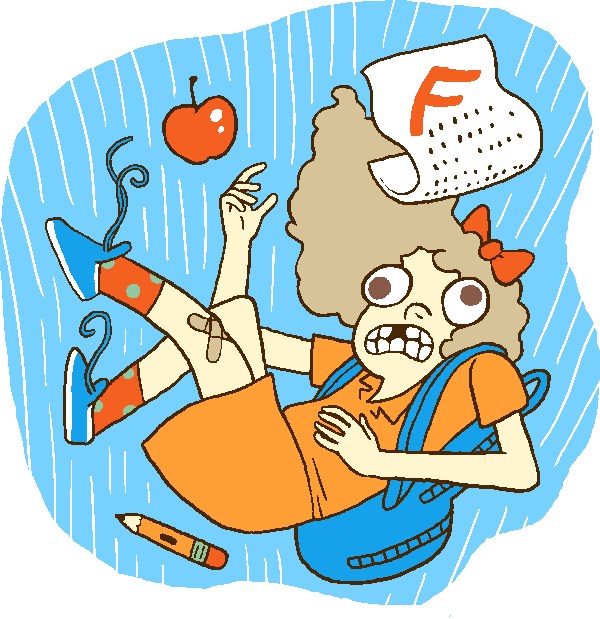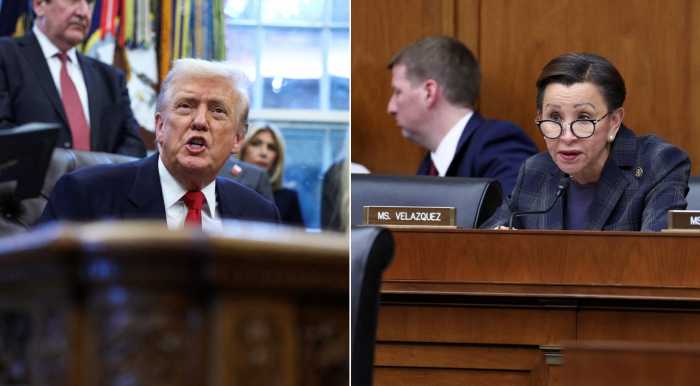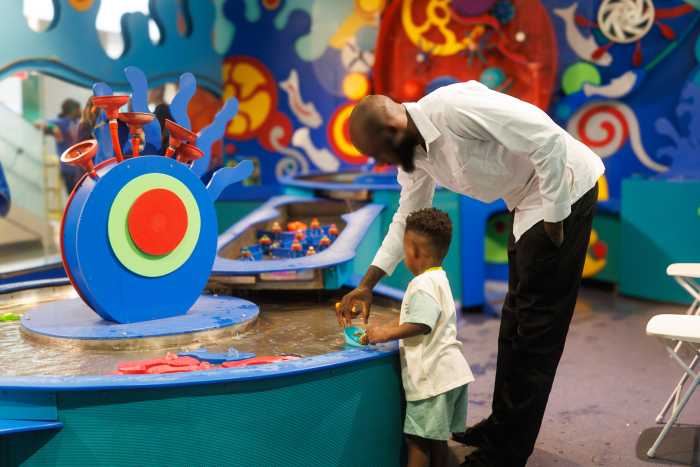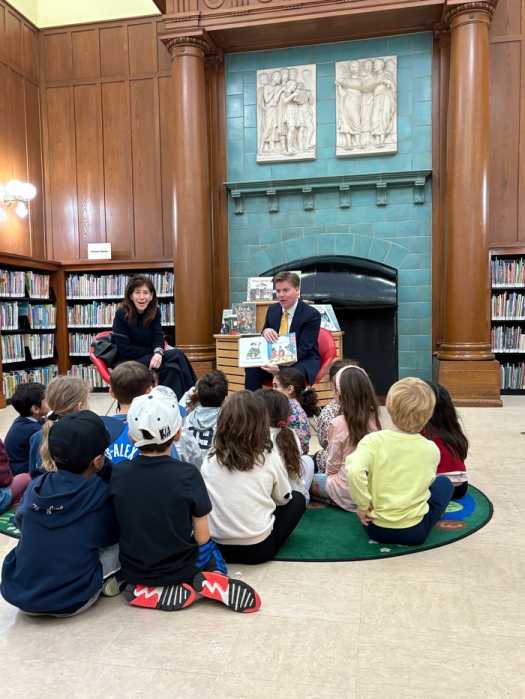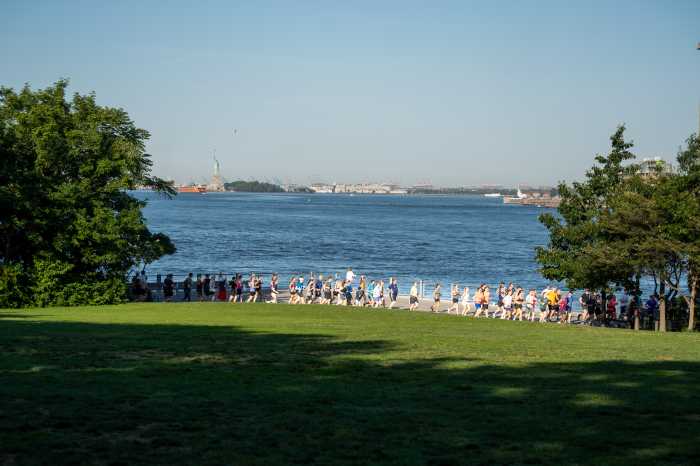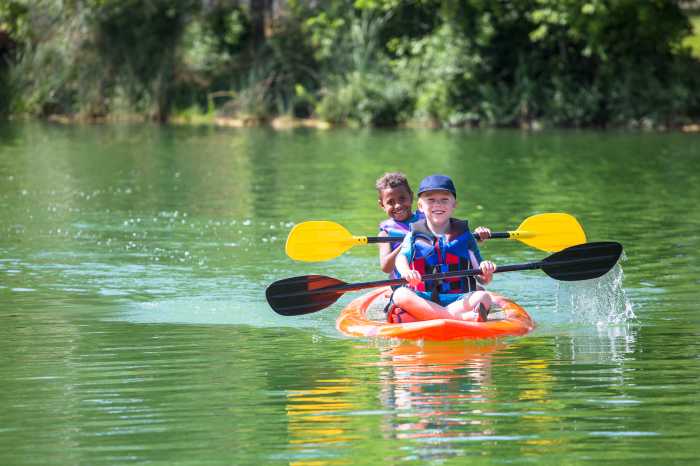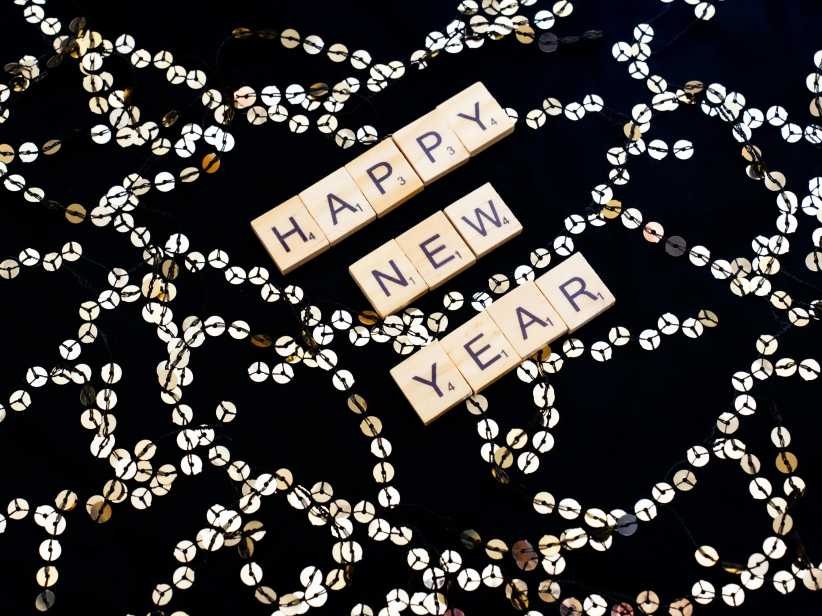Between the eggnog filled get-togethers around Christmas and the champagne infused parties surrounding New Year’s Eve, ’tis the season for drinking, drinking, and drinking some more. Holiday time isn’t just for grown-ups though, with both my teenage daughters having full social calendars including team dinners, “Secret Santa” bashes, and every other sort of party. Even for teenagers, it is clear to me, the alcohol flows right along with the incessant seasonal music.
Regardless of the law, my under-age children don’t have any trouble getting drinks into their hands. I have been struck in these past few weeks by how common drinking is among the under-21 set and how accepted and out in the open it seems.
At the same time, I’m aware of a number of my friends who have stopped drinking, standing forlornly at celebrations with a glass of seltzer or Diet Coke because of the ill effects of alcohol on their lives. Those who can handle the spirits of Christmas and those who can’t seems arbitrary, and it makes me worry about my girls.
Looking back on my teenage years, I can’t say things were much different. There were plenty of opportunities to get hold of beer and drink way too much of it. Of the kids I knew, though, who moved on and who ended up in rehab or AA seems like a crapshoot. The problem is a real one with the Substance Abuse and Mental Health Services Administration, a federal agency, estimating that 17 million Americans 12-years-old and up in 2014 had an Alcohol Use Disorder and more than a quarter of all those who imbibe count as heavy or binge drinkers. The National Council on Alcoholism and Drug Dependence, at the same time says that, “No single factor can predict whether a person will become addicted,” which means it is just a little less than random whose life will get messed up and whose won’t.
I’m not thinking of pouring out all the bottles in the liquor cabinet and advocating the life of a teetotaler, but my kids certainly pay attention to the adults around them and the things we do. When I’m out to dinner with friends there is always a bottle of wine with the meal, often after cocktails. Over the holidays I went bowling with friends and somehow a pitcher of beer appeared.
The example being set around my girls suddenly seems pretty poor. It isn’t the mistletoe or the kiss at midnight that is an excuse for bad behavior, it is the bottles of liquid cheer pouring throughout the evening that is used to pardon dancing on tables or puking on someone’s rug. Laughing about misdeeds the next day gives my kids the message that this behavior is all right.
Wishes, charms and prayers may not be enough to ensure my daughters’ health but showing them that not every social interaction needs to involve alcohol may be a tool that can work. I need to do more than just hope that my daughters keep a healthy relationship with the eggnog and champagne and don’t end up being the ones who start swimming in the punch bowl.


